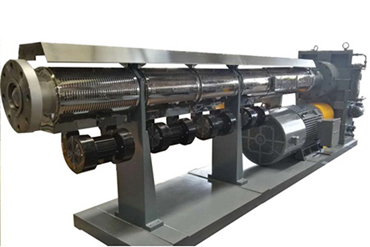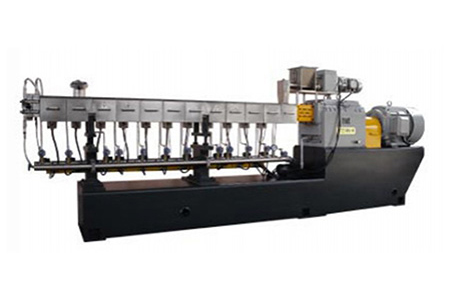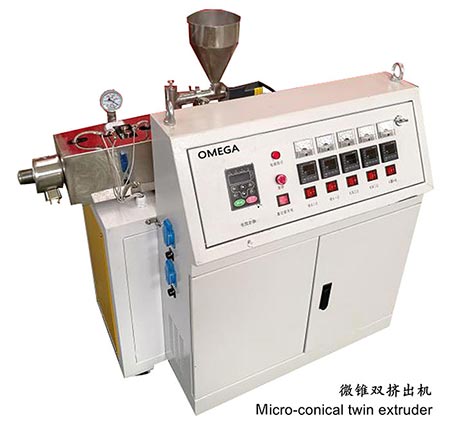Copyright © Shanghai Omega Machinery Co., Ltd. All rights reserved.
What are the different types of extrusion screws?
Aug 30,2024
1. Single-Screw Extruders
Standard Single-Screw: Features a single helical screw that pushes the material through a barrel. Suitable for general-purpose extrusion.Barrier-Screw: Designed with a barrier section that helps separate and mix materials more efficiently, reducing degradation and improving uniformity.
High-Compression Screw: Used for materials that require a high degree of compression to achieve proper melting and mixing.
2. Twin-Screw Extruders
Co-Rotating Twin-Screw: Both screws rotate in the same direction, intermeshing to mix and convey materials. Ideal for compounding and high-viscosity materials.Counter-Rotating Twin-Screw: Screws rotate in opposite directions, providing a different mixing action compared to co-rotating screws. Suitable for materials requiring intensive mixing and venting.
3. Conical Twin-Screw Extruders
Conical Twin-Screw: Features screws that are arranged in a conical shape, providing a gradual change in screw diameter along the length. Ideal for processing materials that need gentle handling and efficient melting.
4. Intermeshing Screws
Intermeshing Single-Screw: Features screws that mesh with each other in a helical pattern, providing efficient mixing and conveying. Often used in specialized applications like polymer processing.5. Non-Intermeshing Screws
Non-Intermeshing Twin-Screw: Screws do not mesh with each other, resulting in a different type of mixing action. Suitable for materials that do not require extensive mixing.6. Specialty Screws
Pumping Screws: Designed for pumping applications, these screws are used in processes that require consistent material flow and pressure.Shear Screws: Engineered for high shear applications to break down materials or improve mixing.
Each type of extrusion screw is selected based on the material properties, desired output, and specific requirements of the extrusion process.
Prev News Next News
- Information
- What causes the uneven surface and poor gloss of the sheet during the sheet extrusion process? How can it be solved?
- Why does the cooling process for profile extrusion become unbalanced?
- What countermeasures can be taken to improve the dimensional and positional accuracy of profiles during the profile production process?
- How should profile molds be cleaned and maintained?
- What are the corresponding solutions to the phenomenon of grooves and pits on the surface of profiles?
- How should the raw materials be selected in the formula for PVC surface skin core layer microcellular foamed extruded profiles?
- How should the production process of biaxially oriented polyethylene terephthalate (BOPET) film be controlled?
- How should the longitudinal and transverse stretching be controlled when producing biaxially oriented films by the flat film method?
- How should the counter-rotating conical twin-screw extruder be operated for no-load test run?
- What are the characteristics of extrusion blow molding molds?
- Contact Us

-
Shanghai Omega Machinery Co., Ltd.
Add.: No.168 Hualian Road, Putuo District, Shanghai City
Contact: Nina
Tel.: +86-021-69921527
Mobile: +86-15021464410
Fax: +86-021-69921567
E-mail: omegajessica@163.com;965425705@qq.com
WeChat No.: 1131449532
-


